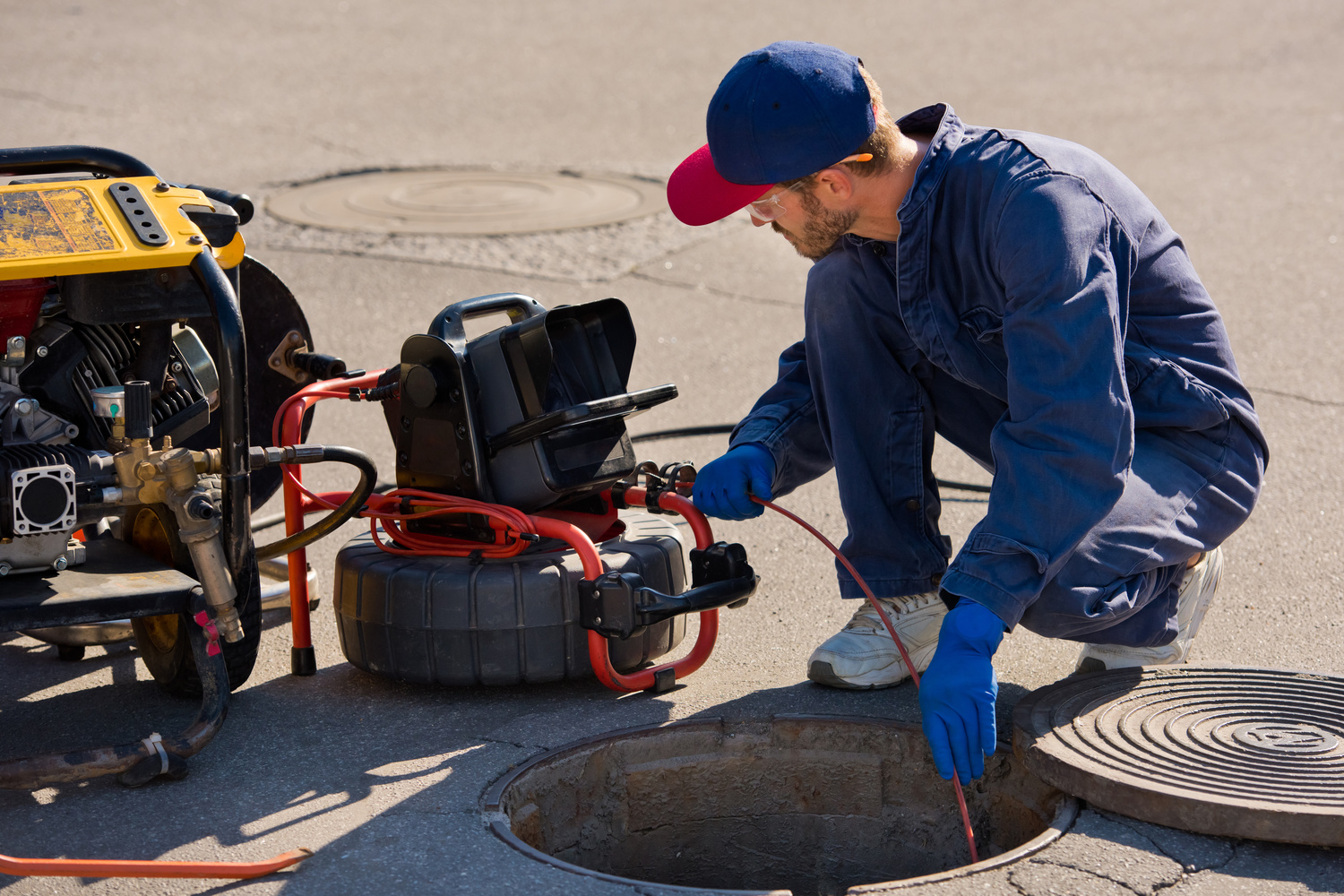Sewer systems are the unsung heroes of modern living, managing our waste and ensuring public health. However, when a sewer line falters, it’s a predicament that can disrupt daily life. Sewer repair is a complex undertaking, and understanding the nuances of this process can alleviate stress and save resources. In this article, we’ll unravel the intricacies of sewer repair, exploring the common issues, repair methods, and why proactive maintenance is the key to a trouble-free sewer system.
Common Sewer Issues
Sewer lines, buried underground and out of sight, can face a range of problems over time:
- Clogs and Blockages: Accumulation of debris, grease, or foreign objects can obstruct the flow of wastewater.
- Tree Root Infiltration: Tree roots seek out sources of moisture, infiltrating sewer lines and causing cracks or blockages.
- Corrosion and Deterioration: Over time, sewer pipes can deteriorate due to age, material quality, or exposure to harsh chemicals.
- Sewer Line Bellies: Sections of sewer lines may sink or settle, forming a ‘belly,’ where waste can accumulate and cause blockages.
- Leaking Joints or Cracks: Age or ground movements can lead to cracks or separated joints, causing leaks and attracting soil or roots.
Methods of Sewer Repair
Addressing sewer issues involves various repair methods, each tailored to the specific problem:
- Snaking and Hydro-Jetting: Snaking involves using an auger-like tool to break up clogs, while hydro-jetting uses high-pressure water to clear obstructions.
- Pipe Lining (Trenchless Repair): This minimally invasive technique involves inserting a resin-coated liner into the damaged pipe, which then hardens to create a new, smooth pipe within the old one.
- Pipe Bursting (Trenchless Repair): A new pipe is pulled through the old damaged one, breaking the old pipe apart and replacing it with a new one.
- Excavation and Replacement: In cases of severe damage or non-repairable sections, excavation and replacement of the affected sewer line become necessary.
- Chemical Treatments: Certain chemicals can help dissolve organic obstructions or roots, although this is typically a temporary solution.
The Importance of Proactive Maintenance
Preventive measures can go a long way in mitigating sewer problems:
- Regular Inspections: Routine inspections by professionals can catch potential issues early, allowing for timely repairs.
- Proper Disposal: Educate on what can and cannot be flushed or sent down drains to reduce the risk of clogs.
- Tree Root Management: Strategic planting or regular root pruning can prevent invasive roots from damaging sewer lines.
- Quality Installations: Ensuring that sewer systems are installed correctly from the start can prevent future issues.
- Education and Awareness: Informing homeowners and businesses about the importance of proper sewer usage and maintenance is crucial.
Cost Considerations and Factors
The cost of sewer repair varies based on several factors:
- Extent of Damage: The severity and extent of the sewer damage will significantly impact the cost of repairs.
- Repair Method: Trenchless repairs are often more cost-effective compared to traditional excavation and replacement.
- Location: Accessibility and location of the damaged sewer line can affect the cost.
- Professional Fees: The rates and charges of the hired plumbing or sewer repair company will influence the overall cost.
Conclusion
Sewer repair may seem daunting, but understanding the common issues, repair methods, and the importance of proactive maintenance can ease the process. Regular maintenance, proper usage, and timely repairs can extend the lifespan of sewer systems and save you from costly repairs. Remember, when it comes to sewers, prevention and proactive care are your best allies in maintaining a smoothly functioning waste management system.
















